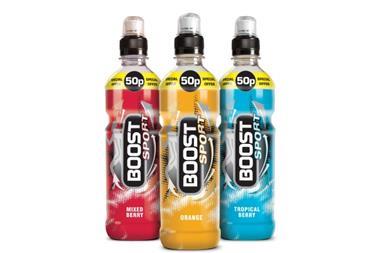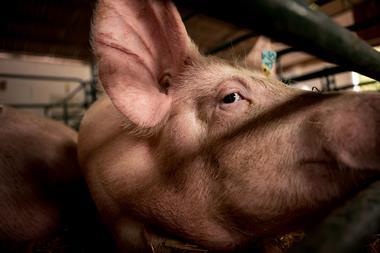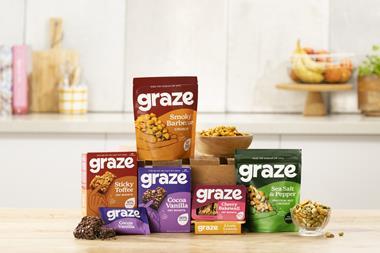Once dominated by macho-looking black and silver sports nutrition jars, protein is finding its relevance and role across categories.
Protein brings so many benefits for so many consumer types, it is just at the beginning of its life cycle. According to Innova’s latest data shared at the Bridge2Food ‘protein summit’ in Rotterdam, 20% of UK people have increased their use of protein in the past two years. It is also one of the only categories that is bucking the trend of prices coming down - it can actually command a price premium of between 55% and 65%.
So how do you get ahead in protein? What’s driving the increasing interest? Reduction in carbs? Weight management? Energy provision? Better food quality? What’s the big trend?
All will play a role, but the time seems right to start making the connections of the protein to benefit areas, rather than just using new named protein types, which often leave consumers bemused and mystified.
So where could some gaps and opportunities exist? Doesn’t it come down to health enhancement and improved personal performance? The protein category will not grow purely because of new varieties.
“Protein brings so many benefits for so many consumer types”
Defining the health benefit beyond just being a protein will be key. For example, whey is high in saturated fats yet is the best-tasting protein source, Hemp is less bloating, high in good fats, helps lower cholesterol and is a natural plant-based protein source. Could this be a better option for our ageing population? It also comes at a lower cost than quality sources of animal protein.
Protein is satiating, so could high-protein solutions help address the obesity challenge, preventing people snacking on unhealthy snacks full of empty calories? Protein of all types and sources are now being built into snacks in a quest to deliver valuable sources of goodness in convenient and accessible channels and formats.
Lastly, there needs to be more education and action around sarcopenia. Over the age of 40, muscles deteriorate by 1% to 2% a year, which results in reduced strength and mobility. Who would know that? Key to addressing this vital muscle loss is protein. Doesn’t that mean protein is therefore key to retaining independence long term? Unless they are a biologist or a sports nutrition fanatic, many people just don’t understand how protein and muscles work together.
Solutions are out there and under development, and new opportunities are rife. But much more work is needed to get messages and innovative new product and service launches right first time. Protein is not as simple as it first appears.
Claire Nuttall is founding partner at Thrive Unlimited



















No comments yet